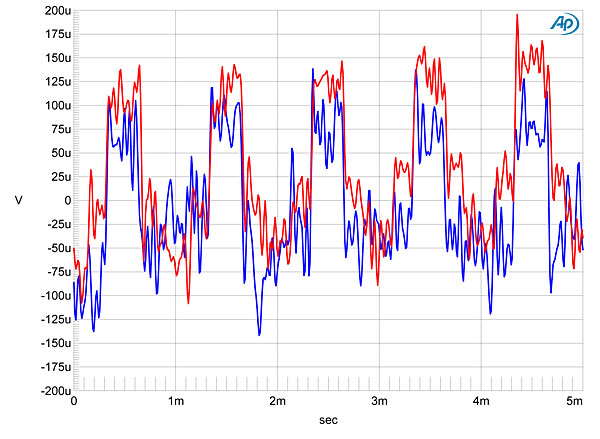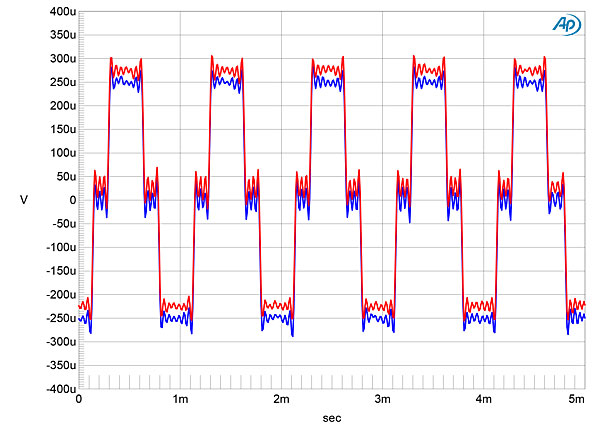Well, if I can wade my way through this sea of sceptism, I’m back again cos the cables arrived today, a day early. I will start by reiterating my earlier statement. I know very little about digital audio and do not have any preconceived ideas. That’s why I asked you lot!
First up I swapped out a URM 76 SGC E coax cable for the Chord C Digital both about .5m long. I can’t say it knocked my socks off but it was different. The top end sounded smoother somehow but in truth not a case of night and day. Next up I swapped out the joined usb cable for a 5m Neo d+ a ~ b usb. That was definitely night and day difference. The sound is much smoother and the stage seems wider.
Now, if I was reading this a few weeks ago I would have labelled it B S! At this moment in time though my ears are telling me something else. These cables have definitely improved the sq and couple with the V-Link it’s nudging the sq of my analogue system. It’s a much more comfortable, natural listen and less tiring. I know that all sounds bxs but I’m not kidding myself. I don’t understand why though so now you can all shout at me and tell me I’m imagining the improvement.
I’m going to listen tonight and try the previous cables again tomorrow.



